Home>Technology>Home Office Tech>How To Set Up An Electric Vehicle Charging Station
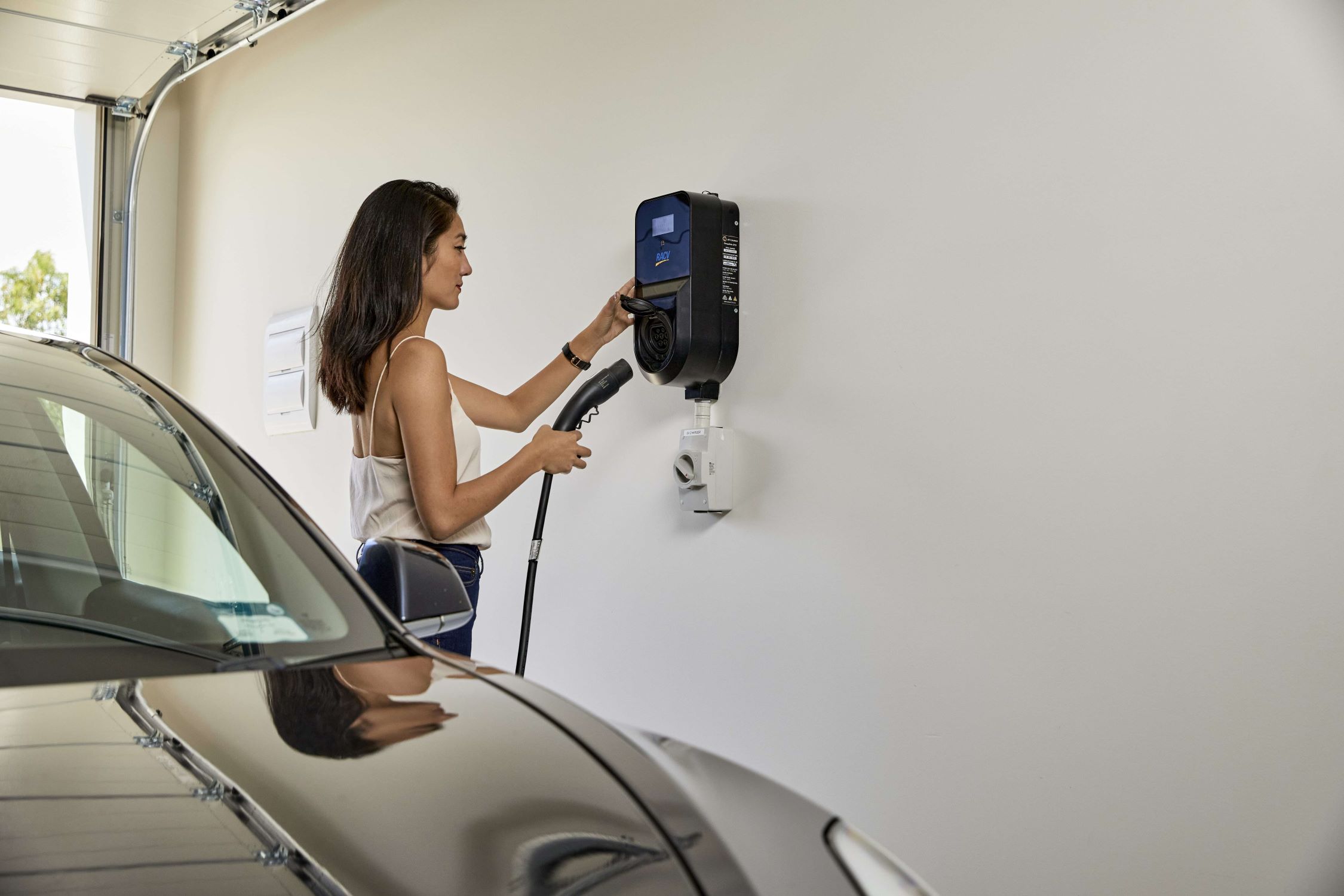

Home Office Tech
How To Set Up An Electric Vehicle Charging Station
Modified: August 16, 2024
Learn how to set up an electric vehicle charging station at home or in your office with our comprehensive tech guide. Get started on creating a convenient and eco-friendly charging solution.
(Many of the links in this article redirect to a specific reviewed product. Your purchase of these products through affiliate links helps to generate commission for Storables.com, at no extra cost. Learn more)
Introduction
Electric vehicles (EVs) are revolutionizing the way we think about transportation. As the world shifts towards sustainable energy solutions, the demand for electric vehicles and the infrastructure to support them continues to grow. One crucial aspect of this infrastructure is the electric vehicle charging station. Setting up an electric vehicle charging station not only caters to the needs of EV owners but also contributes to the larger goal of reducing carbon emissions and promoting a greener environment.
In this comprehensive guide, we will delve into the essential steps and considerations involved in setting up an electric vehicle charging station. Whether you are a business owner looking to attract environmentally conscious customers, a property manager seeking to enhance the appeal of your residential or commercial property, or an individual interested in installing a charging station at your home, this guide will provide you with valuable insights and practical advice.
From understanding the different types of charging stations to navigating the installation process and ensuring safety and compliance, this guide will equip you with the knowledge needed to set up an electric vehicle charging station effectively and efficiently. Let's embark on this electrifying journey towards a more sustainable future together.
Key Takeaways:
- Setting up an electric vehicle charging station involves careful planning, location selection, and obtaining permits. It’s crucial for a sustainable and greener future, supporting the global shift towards electric mobility.
- Maintenance and safety are essential for the long-term functionality of charging stations. Regular upkeep, user feedback, and safety measures ensure a reliable and efficient charging experience for electric vehicle owners.
Read more: How To Own An Electric Charging Station
Understanding Electric Vehicle Charging
Electric vehicle charging is a fundamental aspect of owning and operating an electric vehicle. Understanding the basics of electric vehicle charging is essential for anyone considering setting up a charging station. There are three primary levels of electric vehicle charging, each offering different charging speeds and suitable for various applications:
- Level 1 Charging: This is the most basic form of charging and involves plugging the vehicle into a standard 120-volt household outlet. While convenient, level 1 charging is relatively slow and is best suited for overnight charging at home.
- Level 2 Charging: Level 2 charging requires a 240-volt charging station, providing a faster and more efficient charging solution compared to level 1. These stations are commonly found in residential settings, workplaces, and public charging stations.
- DC Fast Charging (Level 3): DC fast charging is the quickest charging option, delivering high-voltage direct current to the vehicle’s battery. These stations are typically found along highways and in commercial areas, offering rapid charging for on-the-go EV owners.
When setting up an electric vehicle charging station, it’s important to consider the charging needs of the target users and the intended location. Understanding the different charging levels and their applications will help in selecting the most suitable charging equipment for the specific setting.
Moreover, advancements in technology have led to the development of smart charging solutions, allowing for optimized charging schedules, remote monitoring, and energy management. Smart charging stations offer enhanced connectivity and control, enabling efficient use of energy resources and cost-effective operation.
By comprehending the intricacies of electric vehicle charging, individuals and businesses can make informed decisions regarding the type of charging infrastructure to install, ensuring that it aligns with the needs of EV users and the overarching sustainability objectives.
Choosing the Right Location
When setting up an electric vehicle charging station, the location plays a pivotal role in its accessibility, convenience, and overall success. Whether it’s for public use, workplace charging, or residential installation, selecting the right location involves careful consideration of several factors:
- User Accessibility: The chosen location should be easily accessible to electric vehicle owners. For public charging stations, proximity to high-traffic areas, shopping centers, and popular destinations can attract more users. Workplace charging stations should be strategically positioned for the convenience of employees and visitors.
- Parking Layout and Space Availability: Assessing the parking layout and available space is crucial for determining the number of charging stations that can be accommodated. Adequate space for maneuvering, clear signage, and designated EV parking spots contribute to a seamless charging experience.
- Power Supply and Electrical Infrastructure: The proximity to power sources and the capacity of the electrical infrastructure are essential considerations. Installing charging stations closer to existing electrical panels can minimize installation costs and ensure efficient power distribution.
- Environmental Considerations: Environmental factors such as exposure to the elements, potential hazards, and landscape integration should be evaluated. Sheltered locations and appropriate protection from harsh weather conditions can prolong the lifespan of the charging equipment.
- Regulatory Compliance and Zoning Requirements: Understanding local regulations, building codes, and zoning ordinances is imperative. Obtaining necessary permits and adhering to compliance standards are essential steps in the location selection process.
For residential installations, homeowners should consider the available space, proximity to the electrical panel, and the potential impact on property aesthetics. Additionally, assessing the long-term implications of EV adoption and the scalability of the charging infrastructure is crucial for future-proofing residential charging solutions.
By carefully evaluating these factors, stakeholders can identify the optimal locations for electric vehicle charging stations, ensuring seamless integration into existing infrastructure and maximizing their utility for EV owners.
Obtaining Necessary Permits and Approvals
Setting up an electric vehicle charging station involves navigating a series of regulatory requirements, obtaining permits, and securing approvals to ensure compliance with local laws and safety standards. Whether it’s a public charging station, workplace installation, or residential setup, the following steps are essential in the permitting and approval process:
- Local Building Permits: Before commencing the installation, it’s crucial to obtain the necessary building permits from the local municipal or county authorities. The permit application typically involves submitting detailed plans, electrical specifications, and compliance documentation.
- Electrical Inspections and Code Compliance: Adhering to electrical codes and standards is paramount for the safety and reliability of the charging infrastructure. Electrical inspections by certified professionals ensure that the installation meets the prescribed safety requirements and is in compliance with relevant codes.
- Zoning and Land Use Approvals: Depending on the location and property type, zoning approvals and land use permits may be required. Understanding the land use regulations, parking requirements, and zoning restrictions is essential for securing the necessary approvals.
- Utility Coordination and Agreements: Collaboration with utility providers is essential for assessing the electrical capacity, coordinating grid connections, and obtaining the requisite agreements for the installation of charging equipment.
- Environmental Impact Assessments: In certain jurisdictions, environmental impact assessments may be necessary, especially for larger-scale public charging infrastructure. Evaluating the potential environmental implications and mitigating any adverse effects are integral parts of the approval process.
For residential installations, homeowners should also consider homeowners’ association (HOA) approvals and architectural review board clearances where applicable. Engaging with the HOA and obtaining necessary approvals ensures a smooth and compliant installation process within the residential community.
By proactively addressing the permitting and approval requirements, stakeholders can streamline the installation process, mitigate potential delays, and ensure that the electric vehicle charging station is established in full compliance with regulatory standards and local ordinances.
Selecting the Right Charging Equipment
Choosing the appropriate charging equipment is a critical step in setting up an electric vehicle charging station. The selection process involves evaluating the charging needs, considering the location, and understanding the available technology options. Here are key considerations for selecting the right charging equipment:
- Charging Speed and Power Output: Assessing the expected usage patterns and the desired charging speeds is crucial. Level 2 charging stations with varying power outputs cater to different charging requirements, from standard overnight charging to faster workplace and public charging needs.
- Smart Charging Capabilities: Smart charging stations offer advanced features such as remote monitoring, energy management, and user authentication. These capabilities enhance operational efficiency, enable billing and payment systems, and provide valuable data insights for both users and station operators.
- Scalability and Future-Proofing: Considering the scalability of the charging infrastructure is essential, especially for commercial and public installations. The ability to expand the number of charging stations and integrate with future technologies ensures long-term viability and adaptability.
- Network Connectivity and Accessibility: Charging equipment that supports network connectivity and integration with charging networks provides added convenience for users, enabling access to a wider charging ecosystem and facilitating seamless payment processing.
- Durability and Weather Resistance: Evaluating the durability of the charging equipment, especially for outdoor and public installations, is vital. Weather-resistant and vandal-proof designs ensure the longevity and reliability of the charging stations in diverse environmental conditions.
- User-Friendly Interface and Accessibility Features: Intuitive user interfaces, clear signage, and accessibility features cater to a diverse user base. Ensuring that the charging equipment is user-friendly and compliant with accessibility standards enhances the overall charging experience.
Furthermore, compatibility with different electric vehicle models, warranty and support services, and energy efficiency ratings are additional factors to consider when selecting charging equipment. Collaborating with reputable suppliers and manufacturers can provide valuable insights into the latest technological advancements and industry best practices.
By carefully evaluating these factors, stakeholders can make informed decisions when selecting the right charging equipment, ensuring that the installed infrastructure aligns with the specific requirements of the location and the anticipated user base.
When setting up an electric vehicle charging station, make sure to consider the location’s accessibility, power supply, and potential for future expansion to accommodate more charging stations.
Read more: How To Open An Electric Charging Station
Installation Process
The installation process of an electric vehicle charging station encompasses several key steps, from site preparation to electrical connections and equipment setup. Whether it’s a residential, commercial, or public installation, the following guidelines provide an overview of the installation process:
- Site Assessment and Preparation: Conducting a thorough site assessment is essential to determine the optimal location for the charging station, assess the electrical infrastructure, and plan for any necessary modifications or upgrades.
- Electrical Panel Upgrades and Wiring: Ensuring that the existing electrical panel can accommodate the additional load from the charging station is crucial. Upgrading the electrical panel and wiring, if required, is a fundamental aspect of the installation process.
- Mounting and Assembly: Mounting the charging equipment securely and assembling the components according to the manufacturer’s specifications is a critical step. Proper installation ensures the safety and functionality of the charging station.
- Electrical Connections and Testing: Making the electrical connections, including wiring the charging station to the power supply, grounding the system, and conducting comprehensive testing and safety checks to verify proper functionality.
- Network Setup and Configuration: For smart charging stations, setting up the network connectivity, configuring user authentication systems, and integrating with charging management platforms are essential for enabling remote monitoring and control.
- Regulatory Compliance and Inspections: Engaging with certified inspectors to ensure compliance with electrical codes, safety standards, and regulatory requirements. Obtaining the necessary approvals and certifications is a crucial part of the installation process.
For residential installations, homeowners should consider engaging licensed electricians or certified installation professionals to ensure the safe and compliant setup of the charging infrastructure. Commercial and public installations may involve coordination with electrical contractors, network providers, and facility management teams to execute the installation process efficiently.
By following these guidelines and working with experienced professionals, stakeholders can navigate the installation process effectively, ensuring that the electric vehicle charging station is installed safely, complies with regulatory standards, and is ready to serve the needs of EV owners.
Safety Considerations
Ensuring the safety of electric vehicle charging stations is paramount to protect users, property, and the surrounding environment. Implementing comprehensive safety measures and adhering to best practices are essential for the successful operation of charging infrastructure. The following safety considerations are crucial for all types of electric vehicle charging installations:
- Electrical Safety: Adhering to electrical safety standards, proper grounding, and insulation testing are fundamental for mitigating electrical hazards. Certified electricians should handle all electrical work, ensuring compliance with codes and regulations.
- Fire Safety and Emergency Response: Installing appropriate fire protection measures, such as fire extinguishers and smoke detection systems, and establishing clear emergency response protocols contribute to a safe charging environment.
- Equipment Protection and Security: Implementing measures to protect the charging equipment from vandalism, unauthorized access, and environmental damage is essential. Security features, durable enclosures, and surveillance systems enhance the safety and security of the charging infrastructure.
- User Safety and Accessibility: Designing the charging station with user safety in mind, including clear signage, accessible placement, and compliance with accessibility standards, ensures a safe and inclusive charging experience for all users.
- Compliance with Standards and Regulations: Adhering to relevant industry standards, local regulations, and safety guidelines is imperative. Regular inspections, compliance audits, and adherence to safety protocols contribute to the ongoing safety of the charging station.
For public and commercial installations, providing clear user instructions, safety guidelines, and emergency contact information enhances user awareness and preparedness. Additionally, regular maintenance, equipment inspections, and safety training for staff involved in managing the charging infrastructure are essential components of a comprehensive safety program.
Furthermore, educating electric vehicle owners about safe charging practices, the proper use of charging equipment, and the importance of reporting any safety concerns fosters a culture of safety within the EV community.
By prioritizing safety considerations and implementing robust safety measures, stakeholders can create a secure and reliable environment for electric vehicle charging, fostering trust and confidence among users and contributing to the sustainable growth of electric mobility.
Maintenance and Upkeep
Maintenance and upkeep are essential aspects of ensuring the long-term functionality, safety, and reliability of electric vehicle charging stations. Implementing a proactive maintenance strategy and adhering to regular upkeep practices contribute to the efficient operation of the charging infrastructure. The following guidelines outline key considerations for maintenance and upkeep:
- Regular Inspections and Testing: Conducting routine inspections, electrical testing, and equipment diagnostics is crucial for identifying potential issues early and ensuring the continued performance of the charging stations.
- Cleaning and Environmental Maintenance: Regular cleaning of the charging equipment, removal of debris, and environmental maintenance contribute to the longevity of the infrastructure and provide a positive user experience.
- Software Updates and Performance Optimization: For smart charging stations, staying updated with the latest software releases, performance optimizations, and security patches is essential. Regular software updates ensure enhanced functionality and cybersecurity resilience.
- Component Replacement and Upgrades: Monitoring the condition of charging cables, connectors, and internal components is vital. Planning for timely replacements and upgrades based on usage patterns and wear-and-tear minimizes downtime and ensures user satisfaction.
- Energy Management and Efficiency: Implementing energy management strategies, optimizing charging schedules, and monitoring energy consumption contribute to operational efficiency and cost-effectiveness.
- User Feedback and Experience Enhancement: Soliciting user feedback, addressing user concerns, and continuously improving the charging experience based on user insights fosters a user-centric approach to maintenance and upkeep.
For commercial and public charging installations, establishing maintenance contracts with qualified service providers, conducting periodic performance evaluations, and adhering to manufacturer-recommended maintenance schedules are integral to ensuring the reliability of the charging infrastructure.
Additionally, proactive communication with users, providing real-time status updates, and offering support channels for reporting issues contribute to a responsive and user-friendly maintenance approach.
By prioritizing maintenance and upkeep, stakeholders can uphold the operational integrity of electric vehicle charging stations, minimize disruptions, and deliver a consistently reliable and efficient charging experience for electric vehicle owners.
Conclusion
Setting up an electric vehicle charging station involves a multifaceted process that encompasses careful planning, technical considerations, regulatory compliance, and a commitment to safety and sustainability. As the global transition towards electric mobility accelerates, the establishment of robust and accessible charging infrastructure is pivotal in supporting the widespread adoption of electric vehicles.
By understanding the nuances of electric vehicle charging, selecting the right location, obtaining necessary permits and approvals, and choosing suitable charging equipment, stakeholders can lay the foundation for a successful charging station. The installation process, coupled with a focus on safety considerations, maintenance, and user experience, ensures the seamless integration of electric vehicle charging infrastructure into diverse settings, ranging from residential properties to commercial facilities and public spaces.
Moreover, the environmental impact of electric vehicle adoption and the role of charging infrastructure in reducing carbon emissions cannot be overstated. By embracing sustainable transportation solutions and investing in electric vehicle charging infrastructure, stakeholders contribute to a cleaner, greener future and support the global effort to combat climate change.
As technology continues to evolve and the electric vehicle market expands, the ongoing development and enhancement of charging infrastructure will remain a dynamic and evolving endeavor. Embracing innovation, leveraging smart charging solutions, and adapting to the evolving needs of electric vehicle users will be essential in shaping the future of electric vehicle charging.
In conclusion, the establishment of electric vehicle charging stations represents a pivotal step towards a more sustainable and environmentally conscious transportation ecosystem. By embracing the opportunities presented by electric mobility and investing in the infrastructure to support it, stakeholders play a crucial role in driving the transition towards a cleaner, more sustainable future for generations to come.
Frequently Asked Questions about How To Set Up An Electric Vehicle Charging Station
Was this page helpful?
At Storables.com, we guarantee accurate and reliable information. Our content, validated by Expert Board Contributors, is crafted following stringent Editorial Policies. We're committed to providing you with well-researched, expert-backed insights for all your informational needs.

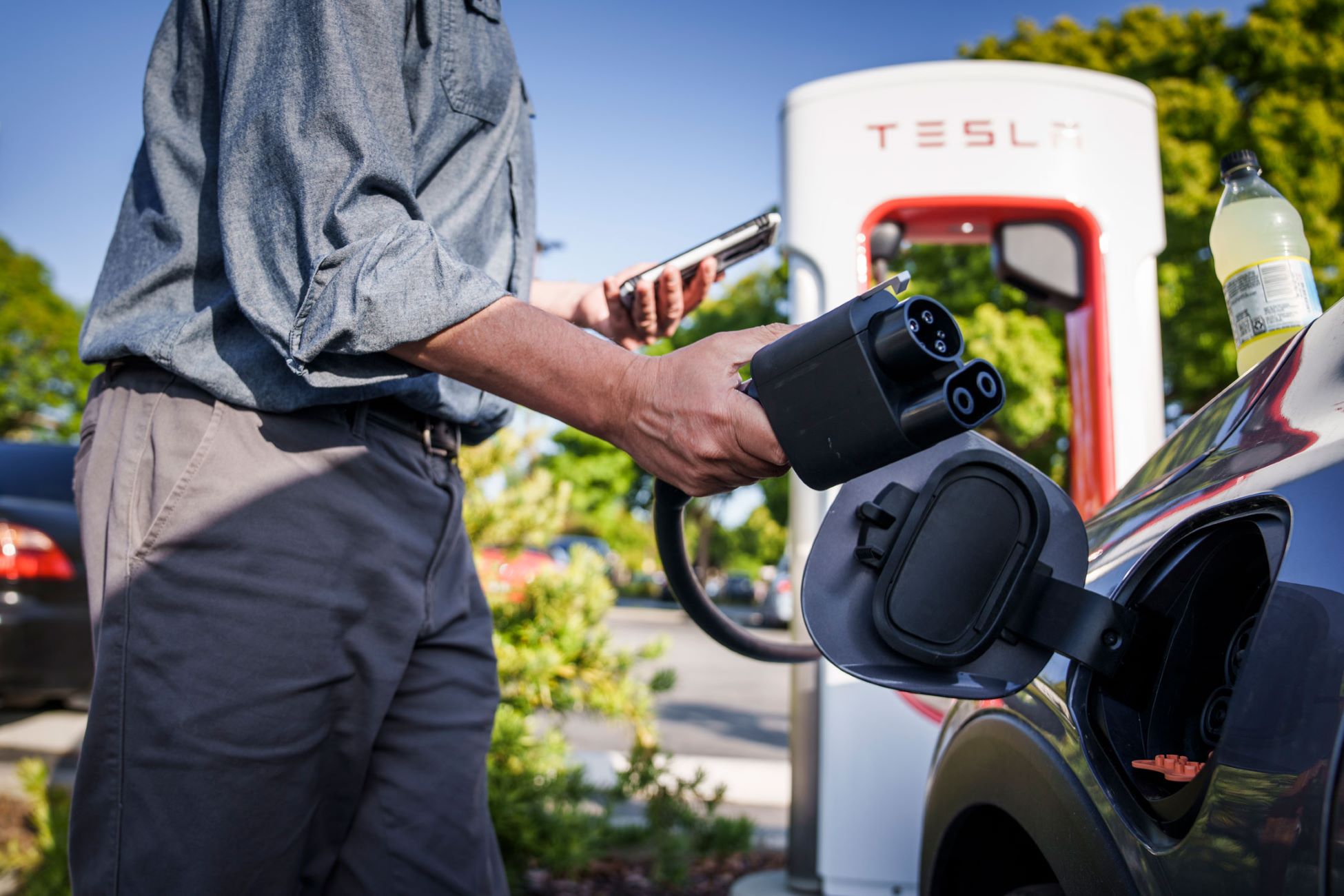
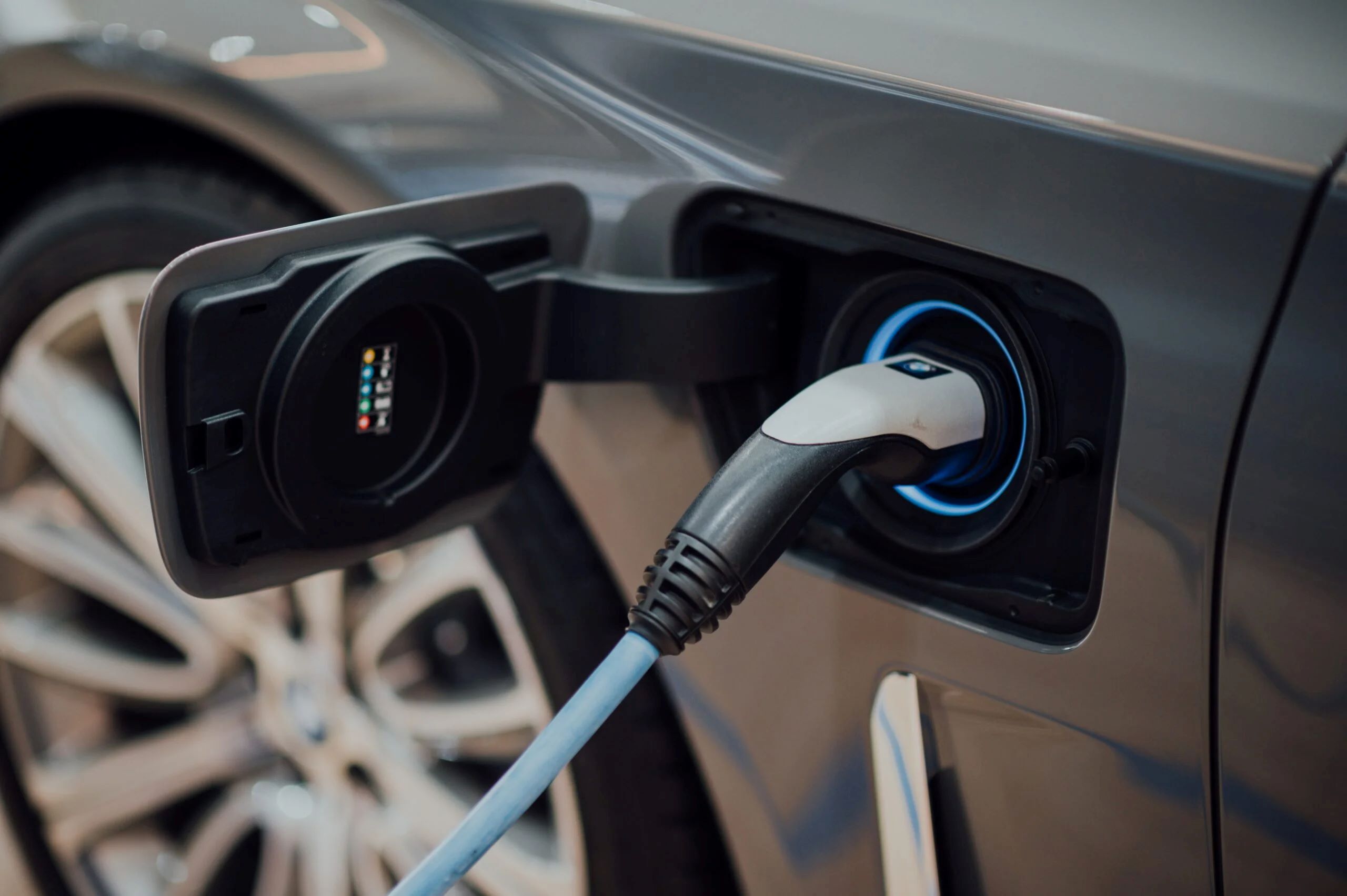
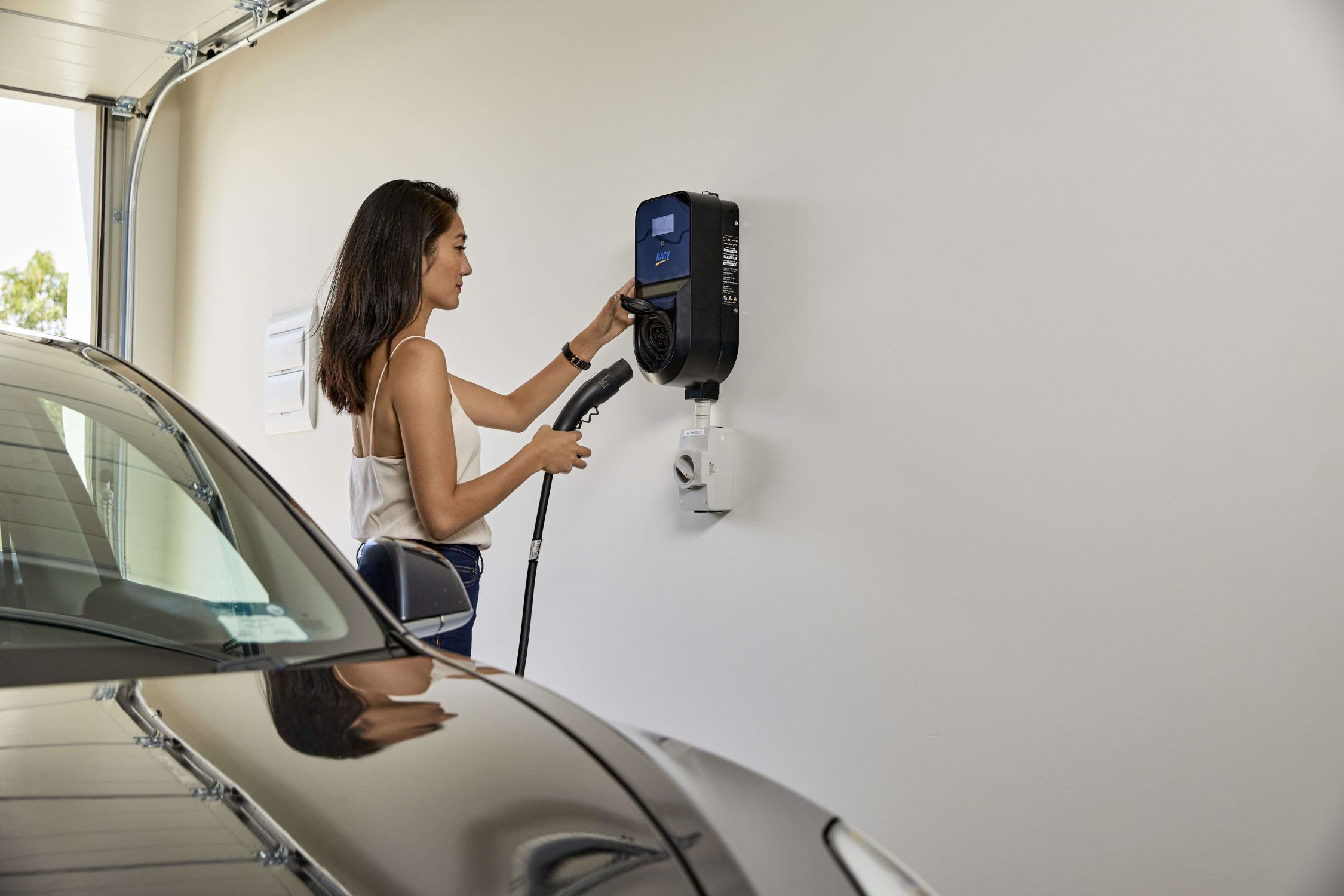
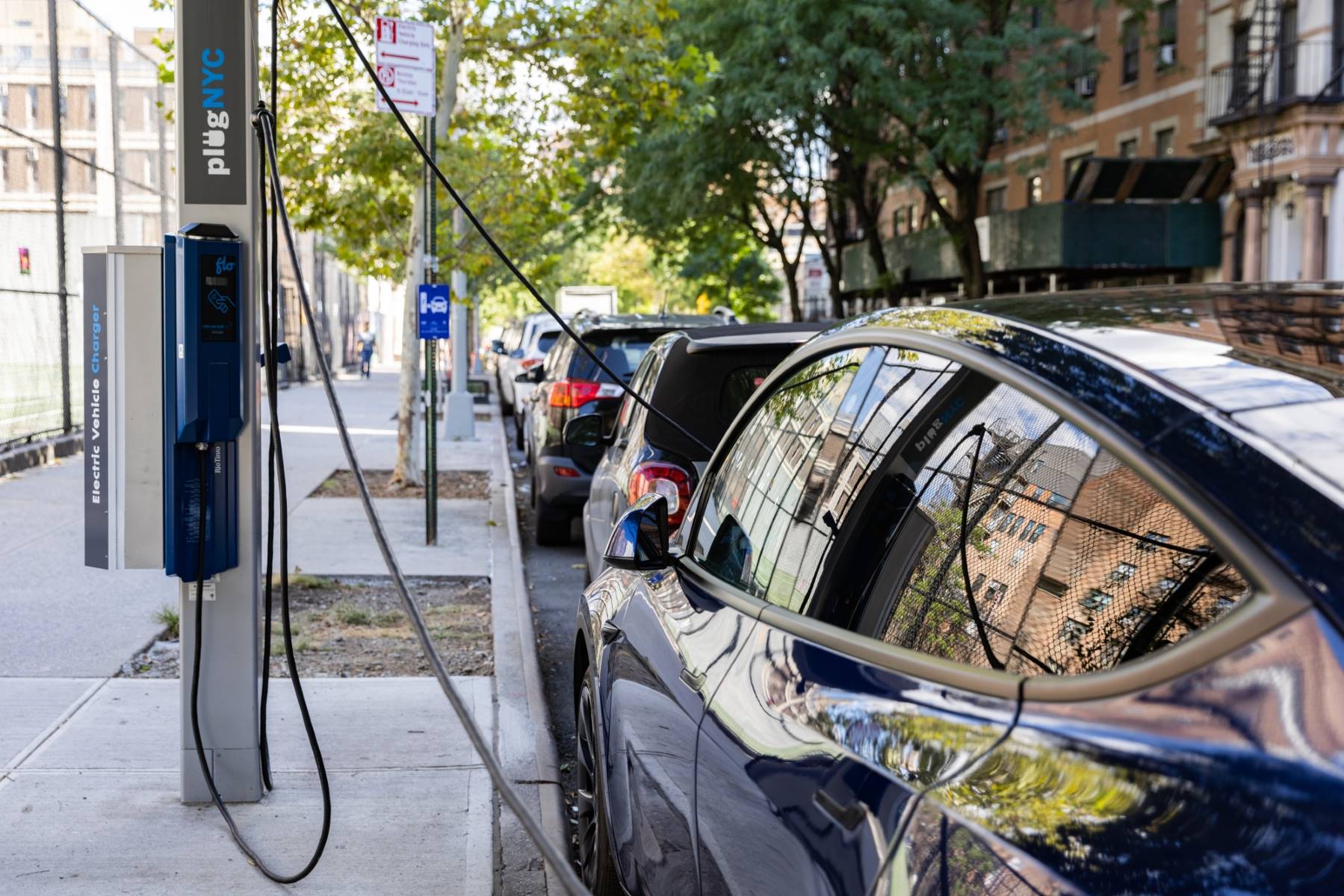
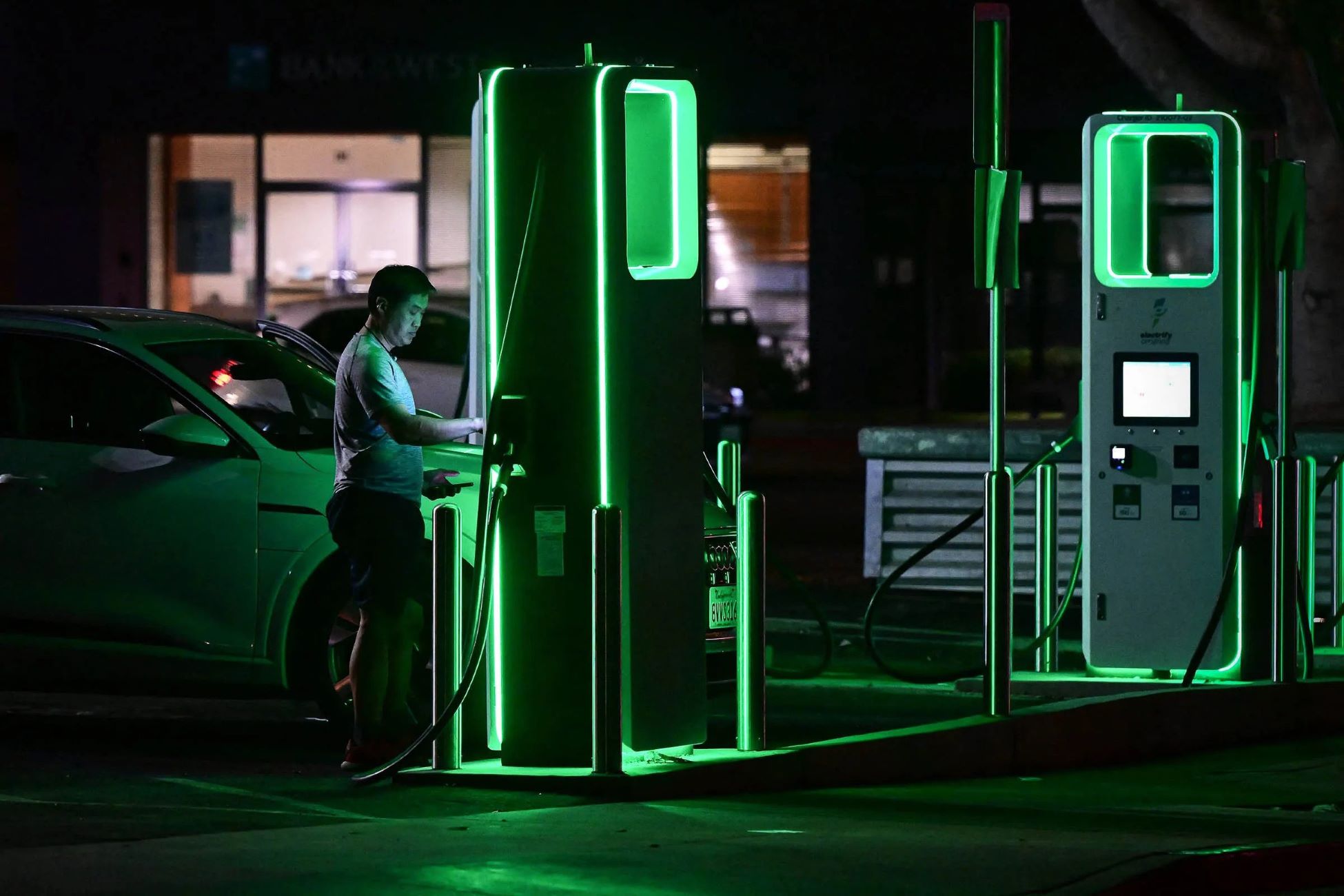

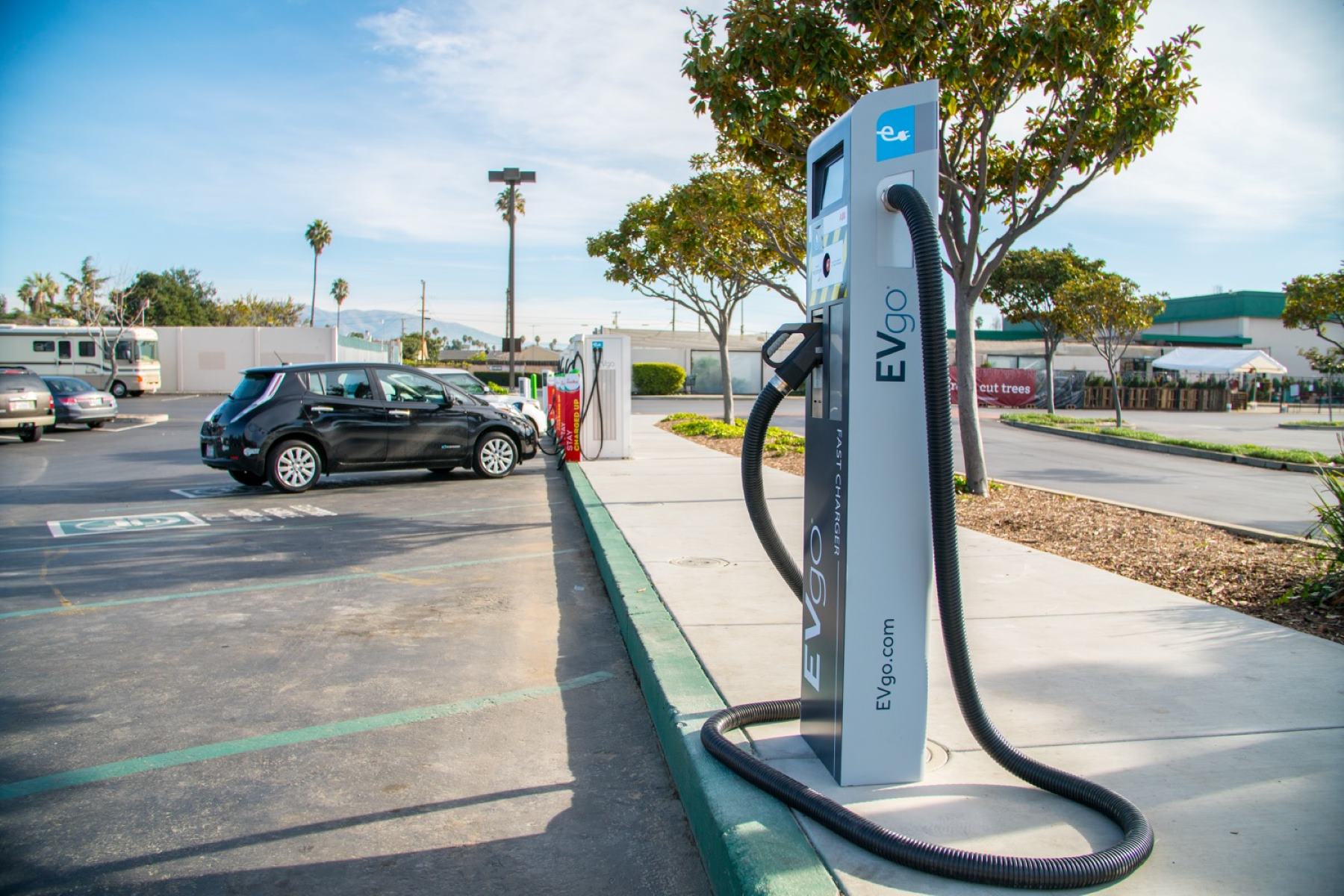
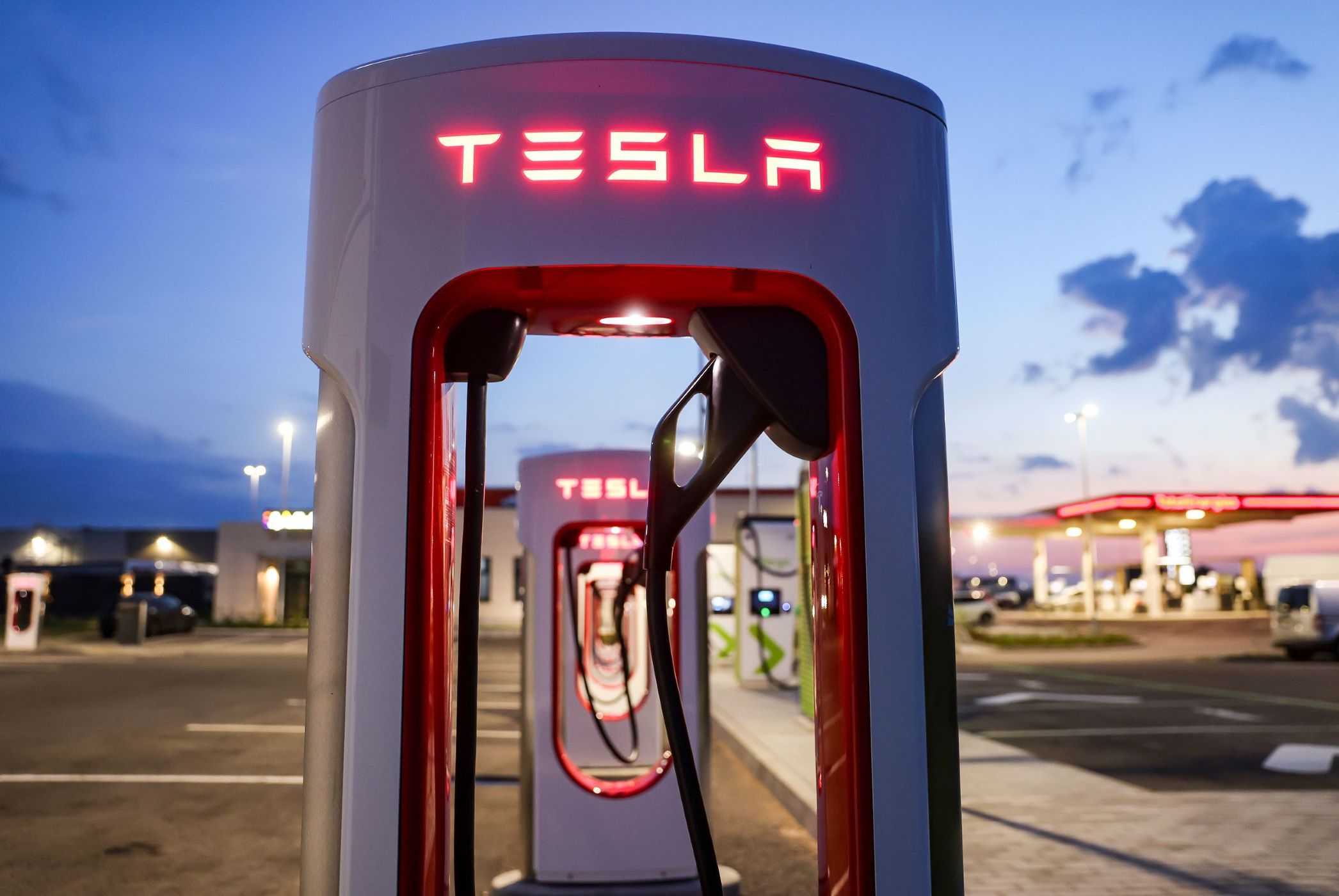
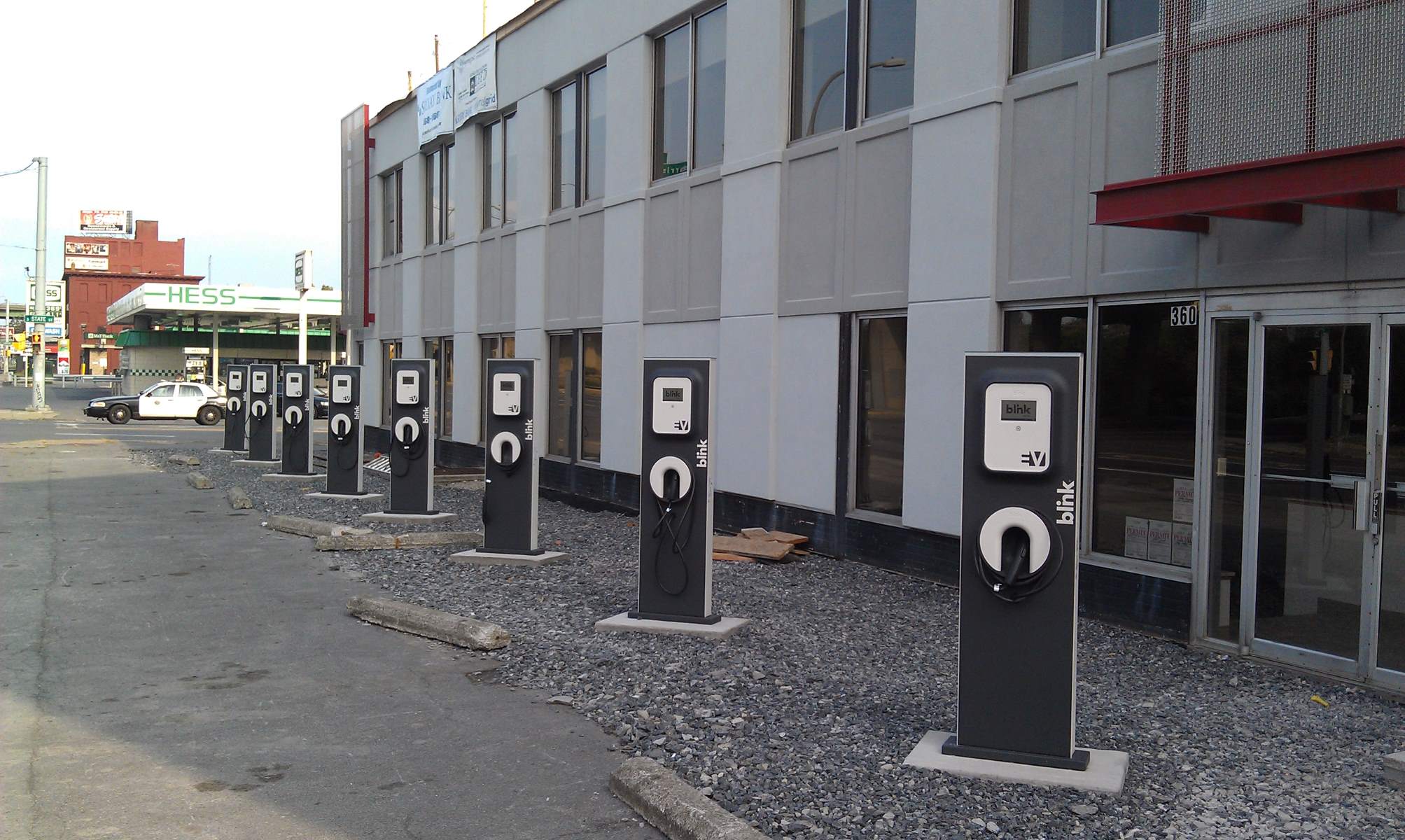
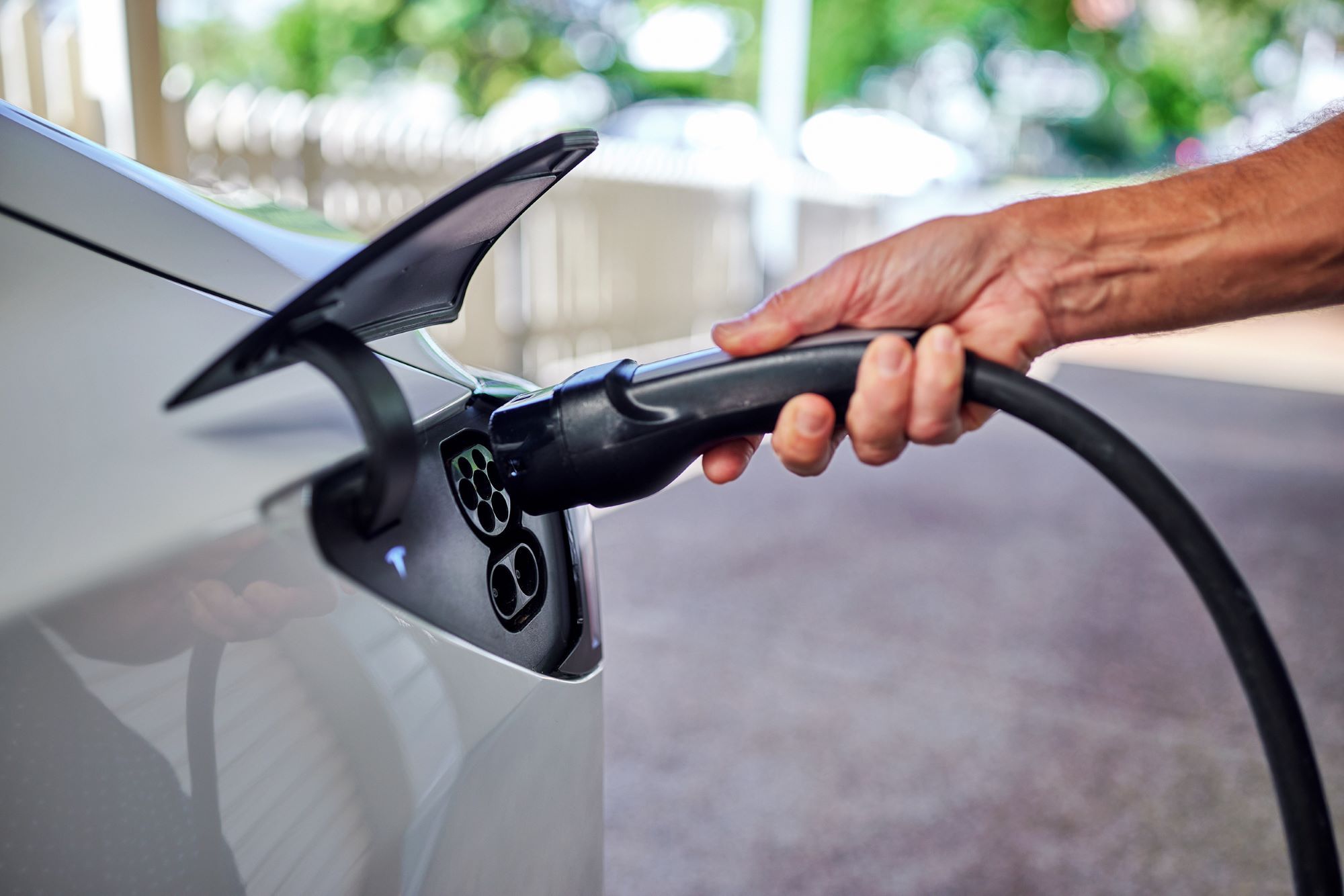
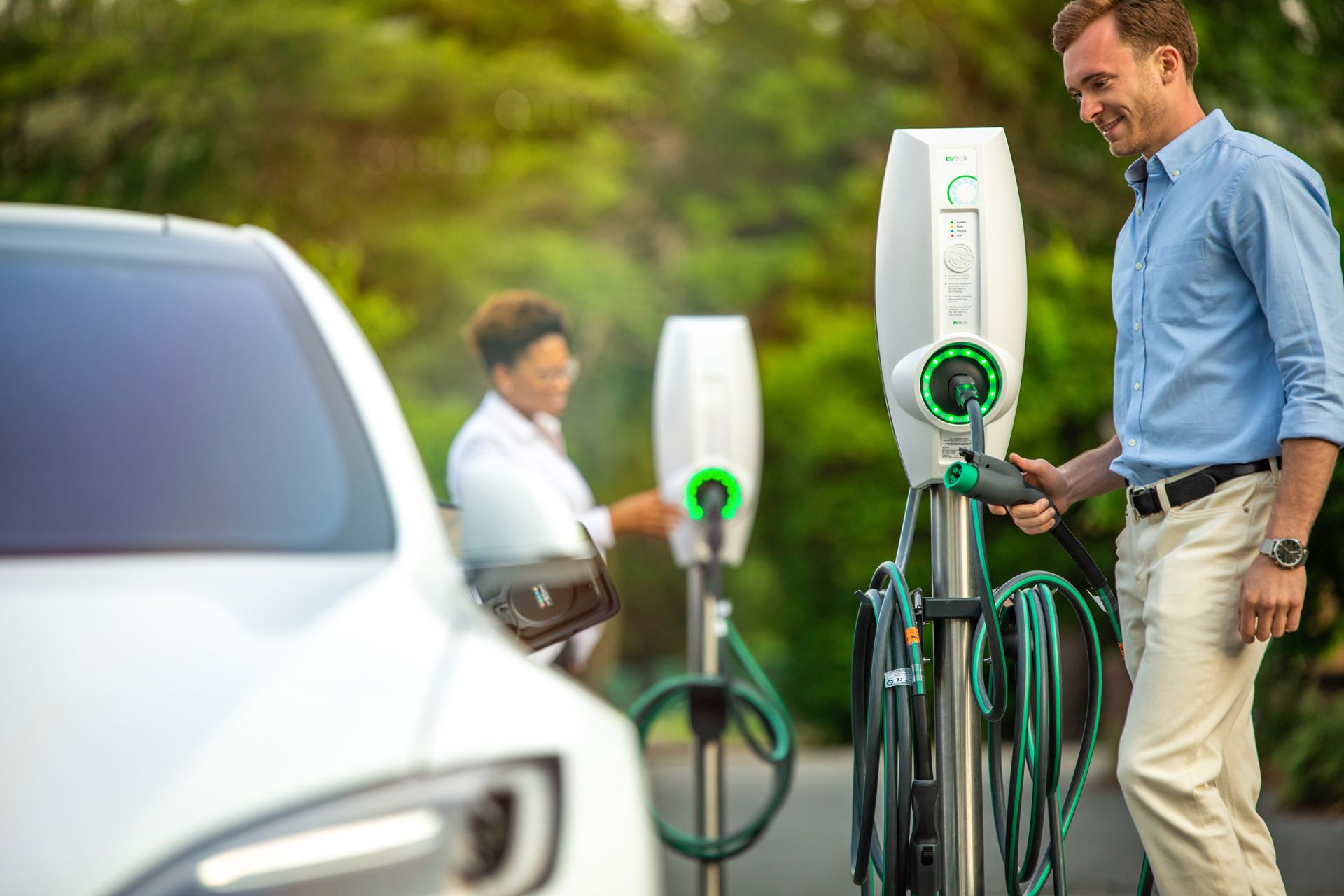
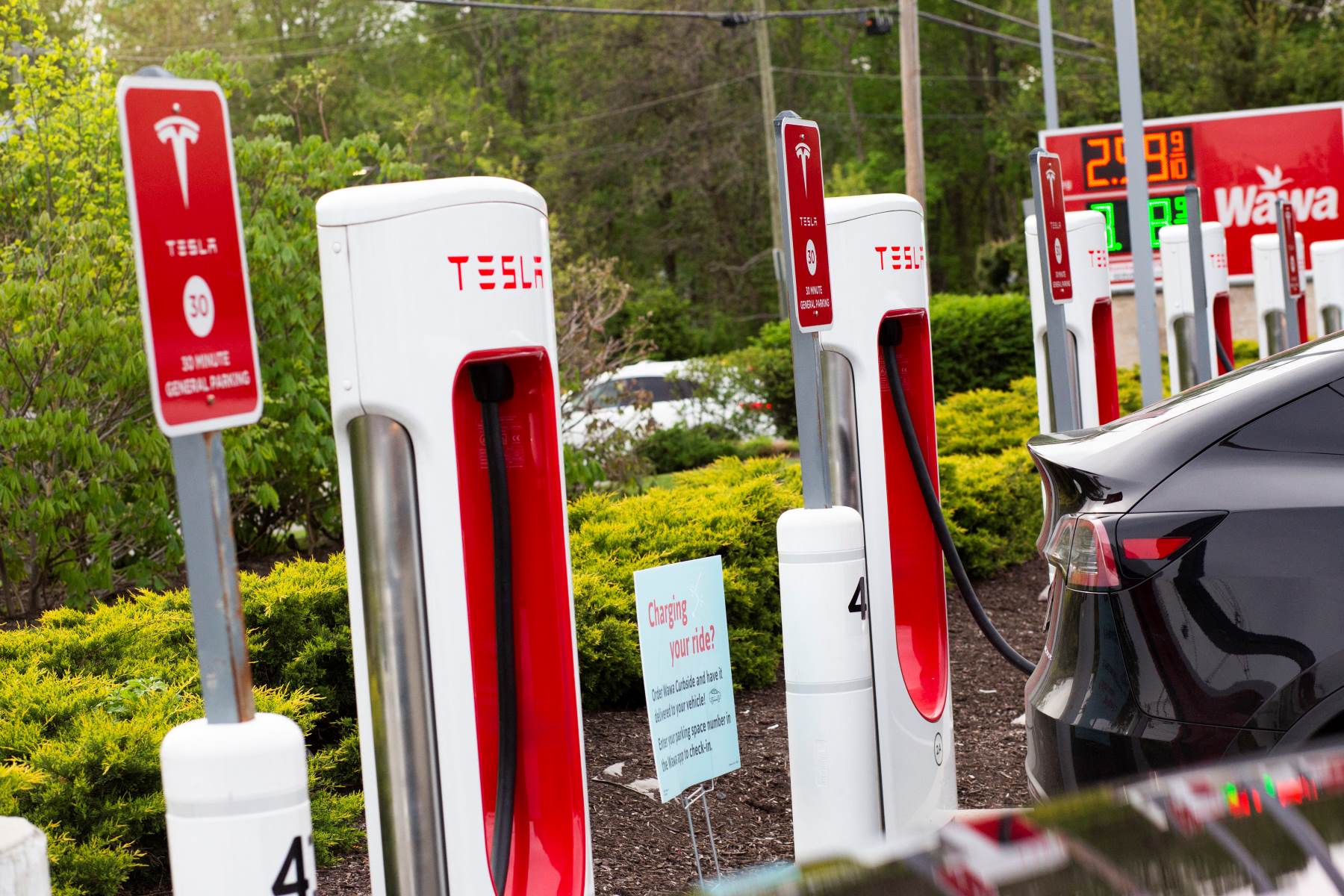
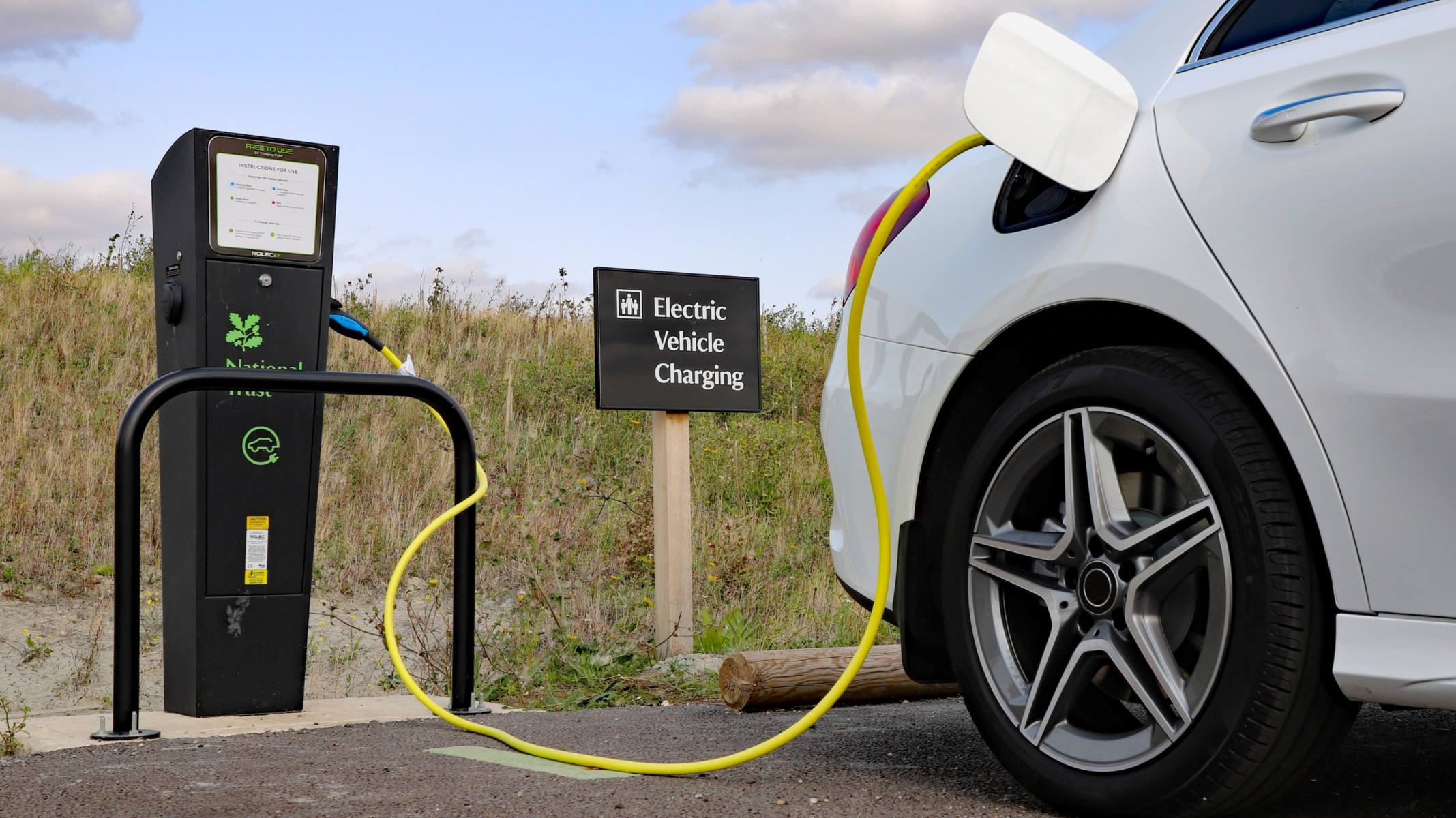

0 thoughts on “How To Set Up An Electric Vehicle Charging Station”